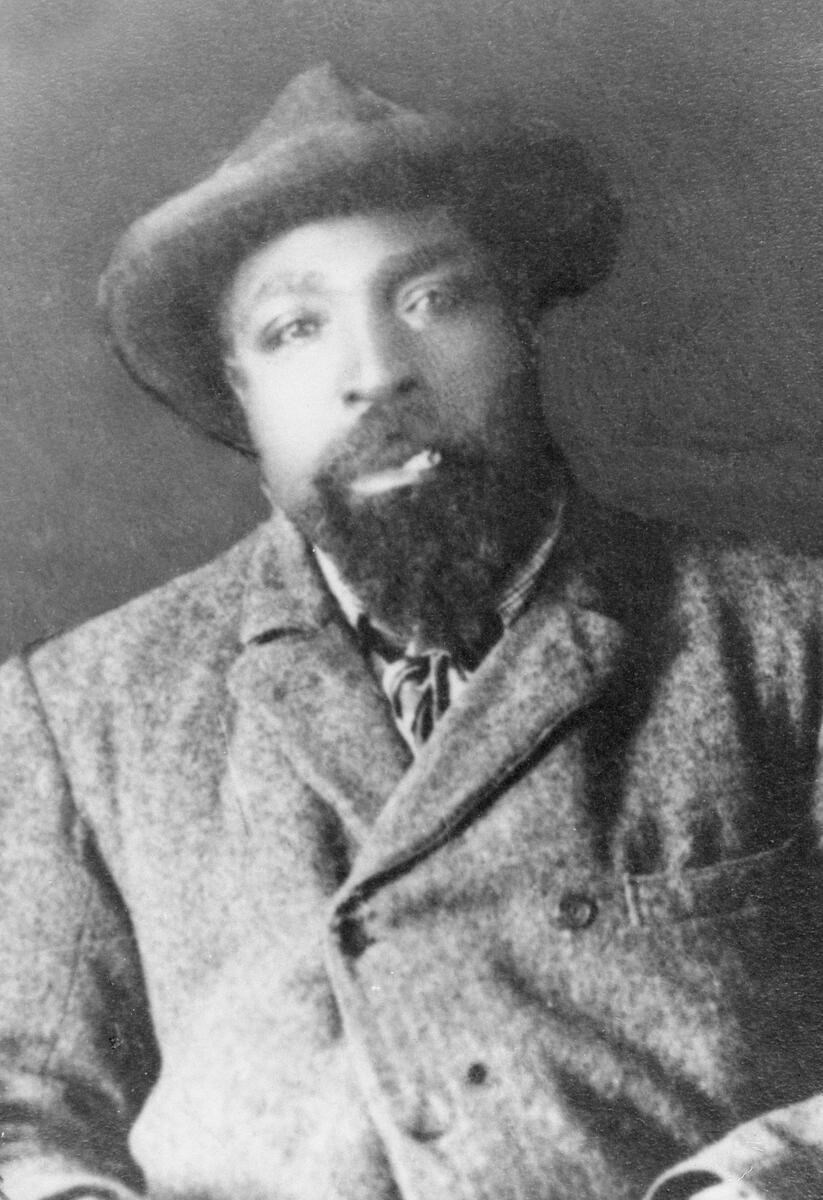The story of Violet King, a trailblazing Black Albertan who broke down colour and gender barriers, is one that continues to inspire. Born in 1929 and raised in Calgary’s Hillhurst-Sunnyside community, King knew early on she wanted to pursue a career in law. Graduating law school at the University of Alberta in 1953, she was the first Black person in the province to obtain a law degree and the first Black woman in Canada to become a lawyer. And that’s only the start of her story.
The theme of this year’s Black History Month is Ours to Tell. Telling stories of important Black Albertans like Violet King is a way to highlight the potential for young Black people to be anything they want, says Dr. Malinda Smith, vice-provost and associate vice-president research (equity, diversity and inclusion) at the University of Calgary.
Audacious Albertans
“These stories tell us yes, there are challenges in life, but don’t give up on your dreams. Violet King said people told her it wasn’t a good idea for a girl to be a lawyer, particularly a coloured girl, and her response was to go ahead anyway,” says Smith. “And she did. She went on to be a trailblazer in many areas.
“That kind of audaciousness was typical of the Alberta can-do spirit. The stories I like to tell about the Black Albertans you don’t know and should know really capture the heart of the Alberta spirit.”
On a web page called Black Albertans You Should Know, Smith highlights the stories of some important Black Albertans, stories you might not find in the history books. Sharing their stories, Smith says, serves “as a corrective to misconceptions of Black Albertans as newcomers and the deficit narratives that function to limit Black aspirations and achievements.”
The range of stories includes people who were born enslaved in the 1800s to Albertans who are making history today:
John Ware was born on a cotton plantation in the southern United States in 1845. He endured enslavement, anti-Black racism and discrimination to become among Alberta’s best-known cowboys and ranchers.
Eleanor Collins was born in Edmonton in 1919 to parents who were among hundreds of Black homesteaders from Oklahoma who settled in the prairies. Known as Canada’s first lady of jazz, Collins blazed a trail in the jazz world and became the first Canadian woman to have her own national television show, in 1955 with The Eleanor Show. Smith notes that although the Nat King Cole Show on NBC is often credited as the first TV show with a Black host, it debuted in 1956, one year after Collins’s show on CBC.
Virnetta Anderson, born in Arkansas in 1920, and moved to Calgary in 1952 when her husband, Ezzrett “Sugarfoot” Anderson, was recruited by the Calgary Stampeders. Anderson served on many boards including the United Way and the Calgary Centre for the Performing Art and was a co-founder of Meals on Wheels. In 1974, she became the first Black alderwoman in the city and the province.
Esi Edugyan, the internationally renowned writer, was born in Calgary in 1978. She is one of only three writers in history (along with Alice Munro and M.G. Vassanji) to have twice won the Giller Prize, for her novels Half-Blood Blues and Washington Black. Edugyan’s parents emigrated from Ghana, and her family’s endurance of racism resonates in her life and her writing. She describes her experiences as being “an apparition so dark and odd people in the street sometimes paused to watch me pass.”
Smith says these stories are important to tell to go beyond single stories of newcomers and narratives of otherness. “One challenge of a pluralist society, particularly in a moment of concern about the extremes of polarization, racism and xenophobia, is that often it’s presented as being a response to newness or the unfamiliar. These stories remind us that Black Albertans are people who have been here and contributing to the building of Alberta for a long time.
“We need to better understand and appreciate these trailblazers across all walks of life, particularly those who inspired civil rights and human rights movements in Alberta,” adds Smith. “Kids should learn early on about the significant contributions of Black Albertans. These stories should be in the curriculum because they are part of Alberta’s history.”
Article courtesy of UCalgary



